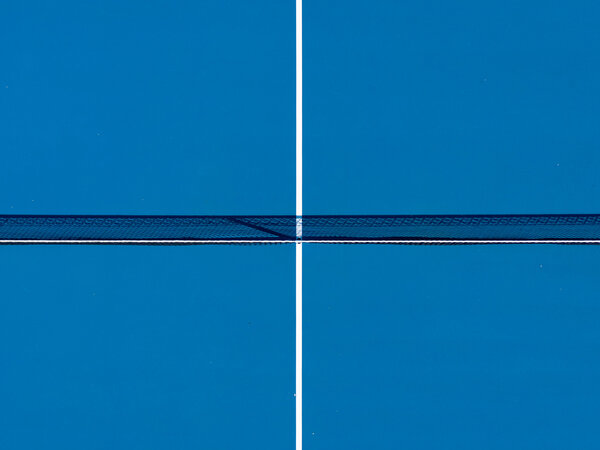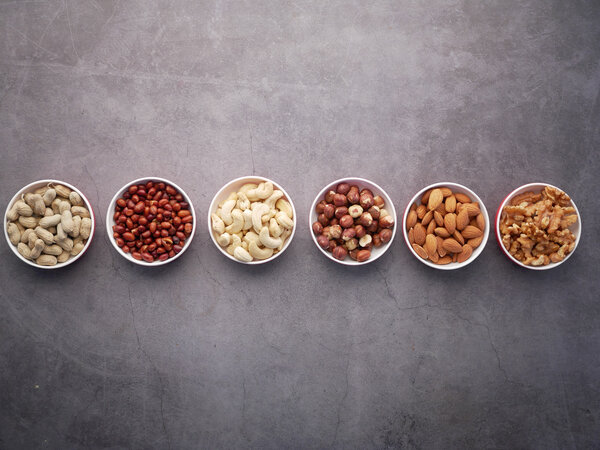When Rafael Nadal won the Australian Open 2022 in Melbourne after a gruelling five hours and 24 minutes of tennis, he didn’t just set a new all-time record by taking his 21st men’s Grand Slam title, he helped undermined the myth that muscle loss is inevitable with age.
Admittedly, at 35 Nadal is still a young man but he, rival Roger Federer, 40, and other elite athletes such as footballer Cristiano Ronaldo, 37, are part of a generation of sporting superstars defying conventional wisdom about the effects of ageing on physical form.

Their continued success may thrill the crowds and fill newspaper column inches, but it doesn’t surprise Europe’s foremost sports brains. “Age, in general, is not a big factor when it comes to muscle loss,” says Isabelle Friedmann, a sports and nutrition coach at Villa Stéphanie and Brenners Park-Hotel & Spa in Germany. “Less movement, training and poor nutrition are the main reasons for muscle loss in older age.”
Dr Christian Schlegel, head of sports medicine at Grand Resort Bad Ragaz, a Swiss medi-spa that has treated Federer, agrees: “Hormonal differences are important factors. Medication can also have a negative influence. By far the most important factor, however, is insufficient training. With optimal training, very good muscle mass and strength can be maintained beyond 60 years of age.”

“Eating a blend of proteins and carbohydrates within 30 minutes of a training session will optimise the benefits of your workout.”
In the complex world of fitness, there’s training – and then there's training. Friedmann warns against excessive cardio workouts, for example, which can, counter-intuitively, lead to loss of muscle, while Schlegel recommends hypertrophy training over strength or resistance work. It focuses on moderate weight and moderate repetitions, with short rest periods between sets, to induce muscle building.
What you eat is also crucial. Bad Ragaz nutritionist Sonja Ricke advises having at least 30g of protein at every meal, although the exact calculation depends on an individual’s weight. And while that protein can come from meat, fish and dairy or tofu, beans or lentils, plant-based proteins do not contain all nine essential amino acids so vegan and vegetarians need a more considered diet. “If you don’t eat animal proteins,” Ricke explains, “the right combination of amino acids becomes increasingly relevant for sustained muscle tone.” Timing also plays its part. Eating a blend of proteins and carbohydrates within 30 minutes of a training session, for example, will optimise the benefits of your workout.

Ricke also recommends testing for hormone and vitamin deficiencies that might derail your best efforts. You can also bolster muscle building with a curated choice of spa therapies. Friedmann suggests lymphatic drainage massage, the sub-zero temperatures of a cryotherapy chamber and cupping, an ancient Chinese practice where suction cups are placed on skin, as valuable foot soldiers in the strategic battle against muscle loss.
© 2025 JI Lifestyle GmbH. All rights reserved.